I can’t stop thinking about Sarah Everard and I haven’t been able to since I found out that she went missing while walking home in south London. I don’t know Sarah but the last sighting of her was on Poynders Road, about 200 metres from the flat I lived in for six years.
When Sarah seemingly disappeared off the face of the earth it haunted me. She was walking along a road I’ve walked hundreds of times, alone and at night on my way back from work or seeing friends, just like she was. And it’s not just any road, it’s the south circular – a busy main artery through south London.
How can she just disappear? I kept asking this question. My boyfriend, though also saddened by the news, wondered why I was so very distressed. “Bad things happen to good people all the time,” he rightly pointed out. But this, I explained to him, is every woman’s deepest fear come true. And when you see pictures of forensics people in white suits combing pavements you walked over so often you knew each crack, police officers examining bins metres from your old doorstep, divers searching ponds you sunbathed next to at the weekend and a police cordon stretching from the road your doctor’s surgery was on to the road you used on your daily commute, it feels horrifyingly real.
For people who don’t know the area they might see it as scary London, built-up and with danger and dodgy people lurking around every corner, but I see it as home. If I close my eyes I can walk that stretch of road in my mind now and recall all the details of it. The tatty houses and the nice ones, the bus stops, the police station – yes, she would have passed that just before she was abducted.
I remember, so vividly, walking that route at night, perhaps with a few glasses of wine inside me, but always aware of the potential dangers of being a lone female – as I would be anywhere. Sometimes I would run the last bit of my journey, not on Poynders Road where the constant traffic made me feel relatively safe, but as I turned off the south circular – just where Sarah was last seen – into the quieter road that led to my front door. Usually this wasn’t for any reason other than caution, but sometimes I was shaken by a sudden paranoia when I realised it was particularly quiet or saw a lone man in my vicinity.
I can’t stop thinking about the time a man followed me on Cavendish Road (just off Poynders Road), his footsteps closing in on me just as I walked through the darkest stretch where street lamps were absent. As I wheeled around to face him he asked me for a lighter. Having politely explained that I didn’t smoke and making it clear that that I didn’t want to stop and chat, I crossed the road and he called me a ‘f**king bitch’ as I walked away, praying I would meet people coming from the other direction.
Of course that wasn’t the only incident. On the same road, in broad daylight, a man curb crawled me in his sports car, offering unwanted comments on my body. On a very dark night, metres from my front door in another part of London, I passed a man who said lasciviously, “sexy dungarees,” two words that left me dumbstruck with terror and later caused me to chastise myself for not sticking to the main road, although that would have tripled the 200-metre distance from the train station and meant I walked through a badly lit estate where a gang operated.
There are so many more incidents I could mention and just chatting to some friends on WhatsApp about Sarah I realised how depressingly normal these kinds of experiences are for all women, everywhere. One told me how she was once approached by a guy on her walk home who asked “do you live here?” before betting on how warm her bed was as he walked, uninvited, beside her.
Women always prepare for the worst when they walk home alone, because you can’t always get a taxi – especially if it’s a only a five minute walk away. Or perhaps you simply don’t want to spend £8 when you could just walk your pizza off for 20 minutes. Since Sarah disappeared women have begun sharing the precautions they take to walk home on social media and it’s depressingly familiar.
I try to stick to main roads and avoid quieter roads and parks. I carry my keys in my hand, ready to get in quickly or use as a weapon. If I have to go down a quiet road I might run or walk fast in the middle of the road to avoid dark spots, driveways or bushes which I could be dragged into. If I pass a man or group of men I glance behind me after to check that they are not doubling back on me – but subtly so they don’t think I am inviting conversation or get angry at my paranoia like the afore-mentioned smoker. I cross to the other side of the road if someone is walking behind me. I never listen to music so I can hear someone approaching. I keep my eyes down to avoid eye contact when I pass a man, in case my expression is seen as an invitation to engage, but my head up to stay aware of my surroundings.
Sarah was just like my friends and I: sticking to the main road, telling her boyfriend where she was and, I’m sure, acutely aware of potential danger. She was ready to run in her trainers and she was there to be seen in her brightly-coloured raincoat. She was walking home, just living her life, when she was cruelly taken.
Since I started writing this a police officer has been arrested on suspicion of Sarah’s abduction and murder. My mind boggles at the thought of someone who is supposed to protect her doing the very opposite and I find it unbearable to think of the moment that she realised that she wasn’t safe.
You only have to go on Twitter to see that millions of women feel the same heart-wrenching despair and anger today, as we read the headlines and see Sarah’s face, full of life, next to the words ‘human remains’.
This Saturday the socially-distanced Reclaim These Streets vigil will take place on Clapham Common to think of Sarah and acknowledge all the women who worry about the simple act of walking home. I’ll be there in spirit, holding my head up high not in fear but in defiance and hoping for a future where women can all ‘get home safe’.
In Sarah’s honour, we have compiled five charities that are working to combat violence against women:
End Violence Against Women

This coalition of specialist women’s support services, researchers, activists, survivors and NGOs is working to end violence against women and girls in all its forms. Its vision is of a society where they can live their lives free from violence and the threat of it and its purpose is to lobby all levels of Government in the UK to improve policy and practice in response to violence against women and girls. It also campaigns to influence public attitudes towards violence against women and girls, so that there is better understanding of its causes and consequences and a better mandate for tackling it.
endviolenceagainstwomen.org.uk
Refuge

Refuge provides specialist support to women, children and some men escaping domestic violence and other forms of violence. On any given day Refuge supports more than 6,000 people, helping them rebuild their lives and overcome abuse including sexual violence, so-called ‘honour’-based violence, human trafficking and female genital mutilation (FGM). The charity’s specialist services include refuges, independent advocacy, community outreach projects, culturally specific services and its 24-hour National Domestic Abuse Helpline.
refuge.org.uk
The Survivors Trust

An umbrella agency for specialist rape and sexual abuse services in the UK, The Survivors Trust exists because every five minutes in the UK someone is raped and 15% of girls and 5% of boys have experienced sexual violence by the time they are sixteen. This charity’s 124 member agencies in the UK and Ireland provide information, advice, support and therapy to over 80,000 survivors each year. Its services work with people of all ages and genders, survivors of all forms of sexual violence, sexual abuse and sexual exploitation, as well as supporting partners and family members.
thesurvivorstrust.org
ActionAid

Violence against women and girls, ActionAid points out, is a fundamental human rights violation which affects around one in three women and girls around the world. The charity is focused on combatting forms of violence against women and girls ranging from rape to FGM and helping survivors of violence who experience a range of problems, from depression to injury, HIV to unwanted pregnancy. ActionAid points out that women and girls living in poverty are even more at risk and is campaigning for the UK to be world leaders in gender equality.
actionaid.org.uk
Women’s Aid

As a federation of over 180 organisations, Women’s Aid provides almost 300 local lifesaving services to women and children who are suffering from domestic abuse. The charity’s ‘change that lasts’ campaign draws attention to its significant research which shows that simply listening to women can ensure help is provided earlier and its effects actually last. Change That Lasts is an approach that places the survivor at the heart and builds responses around her needs and the strengths and resources available to her.
womensaid.org.uk




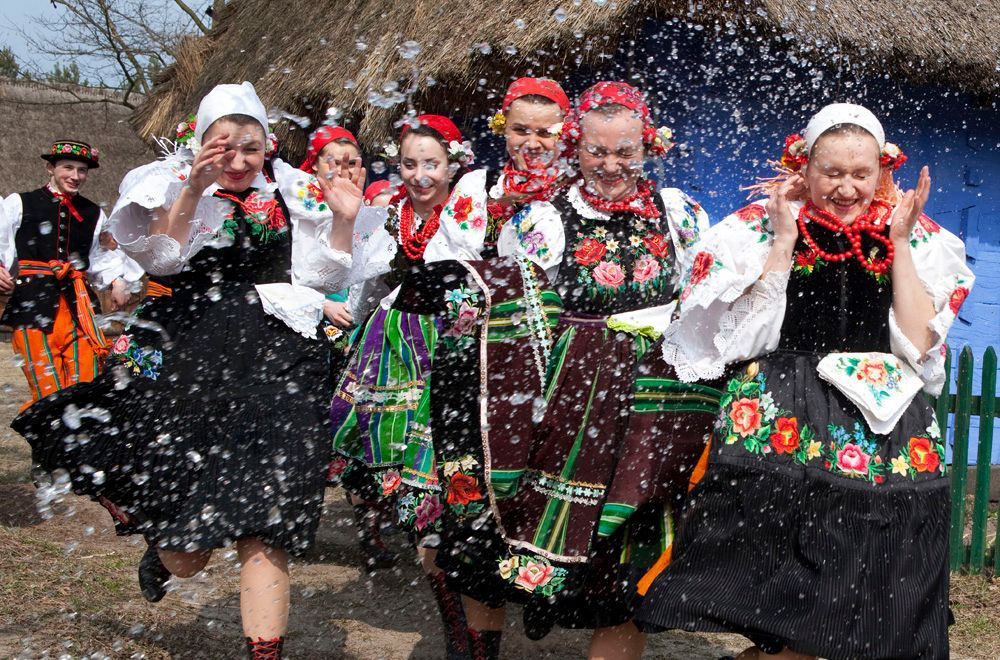

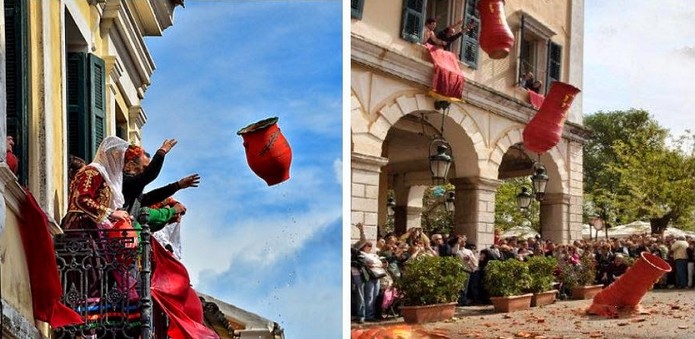










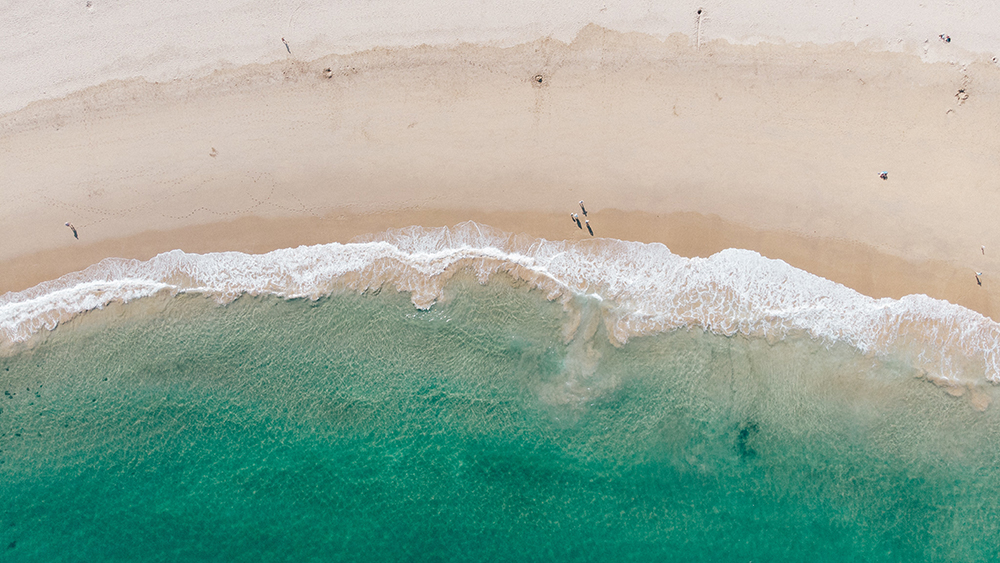
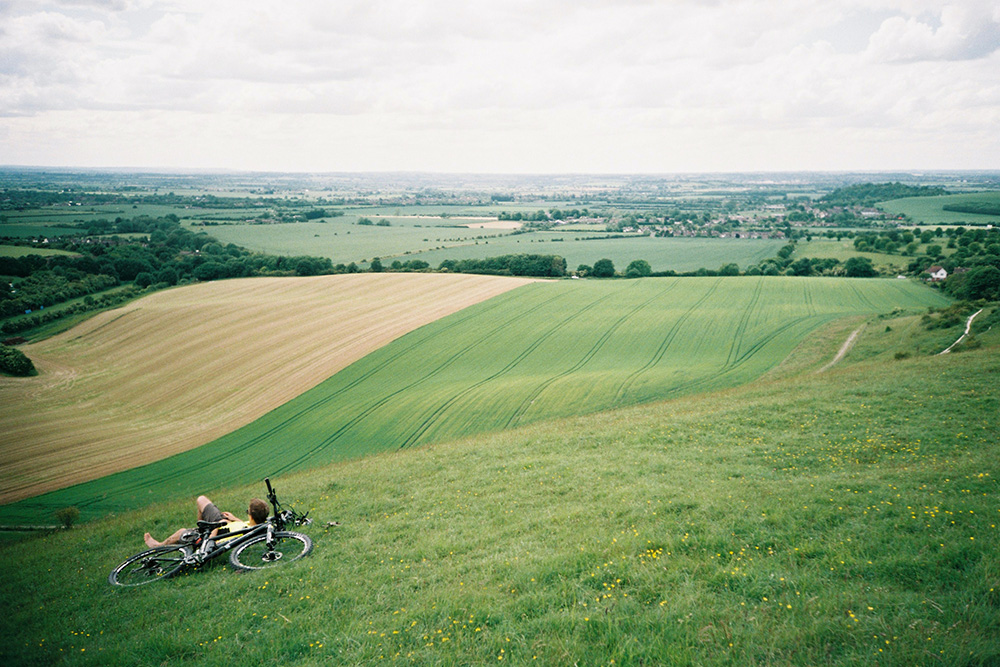
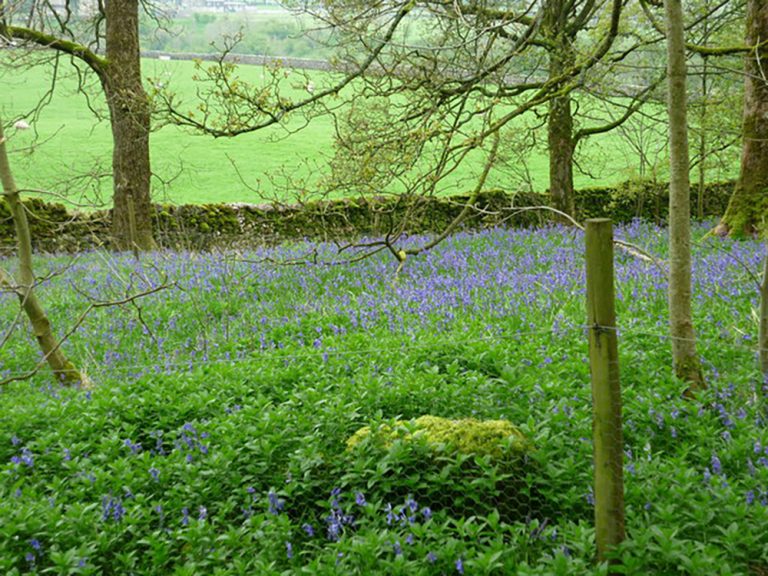
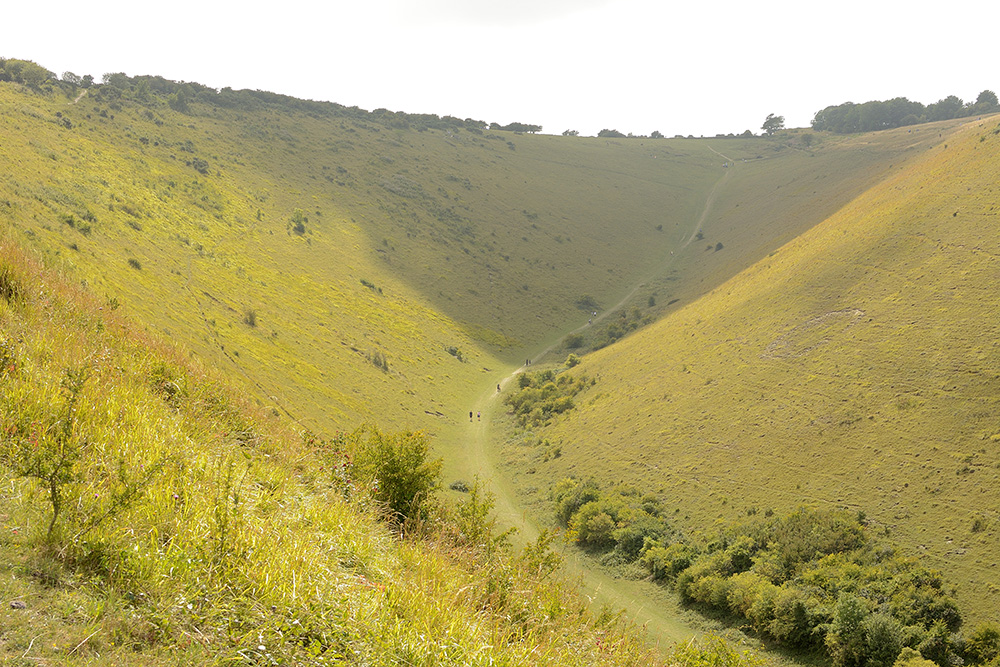
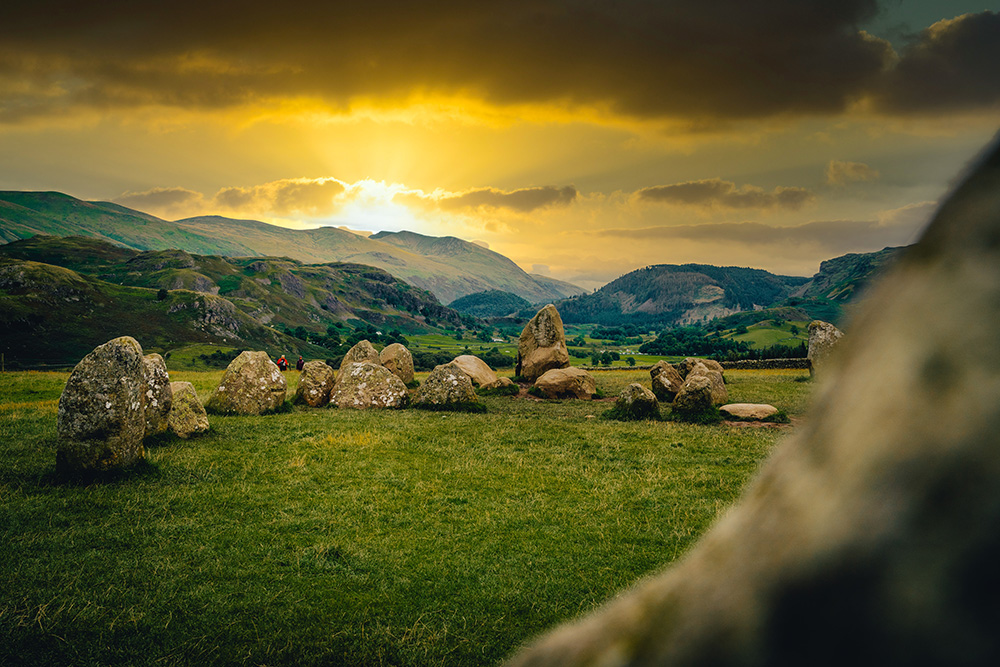
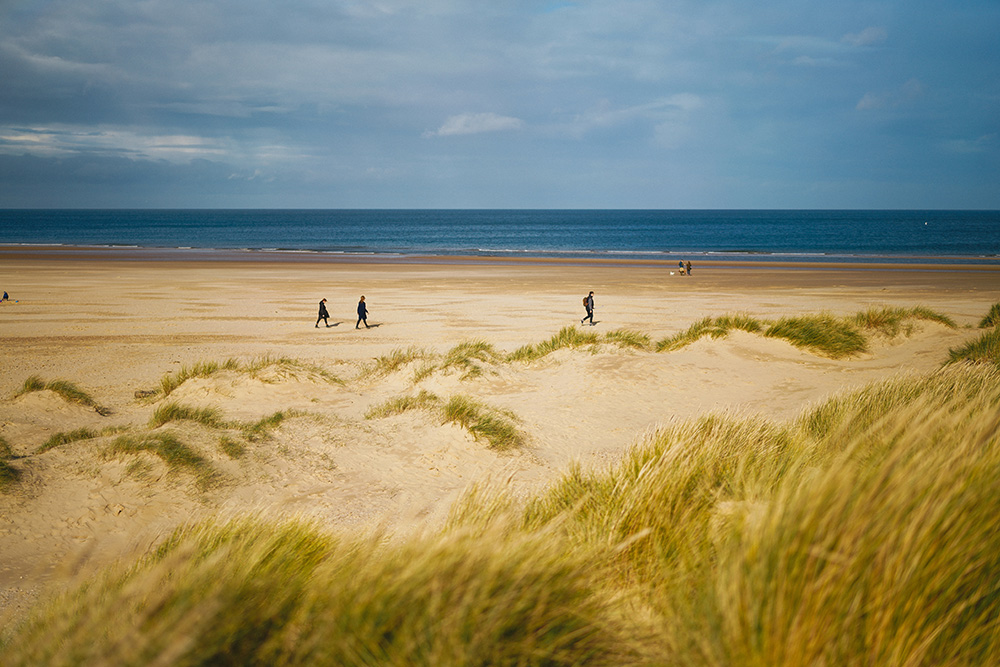
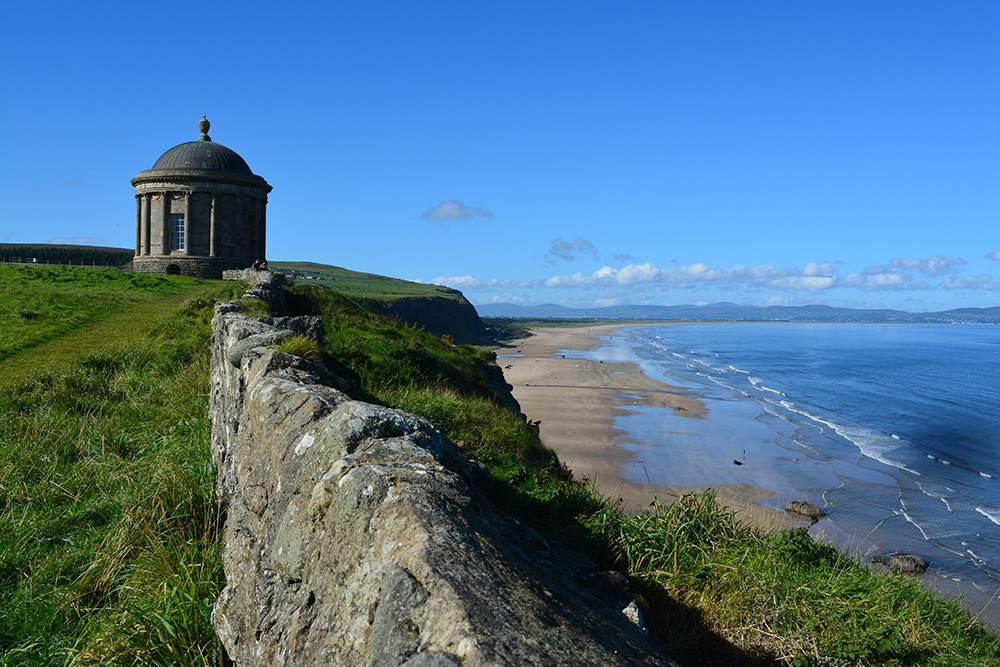


















 by net effect
by net effect